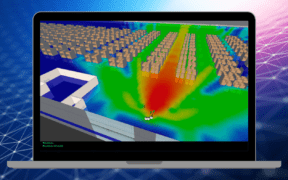Category: Private Networks

The design prediction accuracy report is one of many reports featured in iBwave Design, a leading RF planning and design tool for indoor wireless systems. This report compares RF coverage prediction versus measured data at a venue. In this blog, we’ll explain what the numbers in the report mean, how they should be interpreted, and […]

The energy and utility sectors occupy a unique position in the global landscape, serving as the bedrock of national infrastructures while demanding unparalleled levels of communication reliability, security, and uptime. These industries, encompassing everything from electricity and gas distribution to renewable energy generation, are characterized by critical requirements that necessitate robust communication networks. Amidst this […]

Private LTE and 5G networks have become indispensable for industries seeking to enhance operational efficiency, safety, and connectivity across diverse environments. These networks offer tailored solutions that ensure reliability, security, and high performance, providing dedicated, high-speed communication channels specifically designed to meet industrial needs. This blog explores critical aspects of surveying these networks, including their […]
